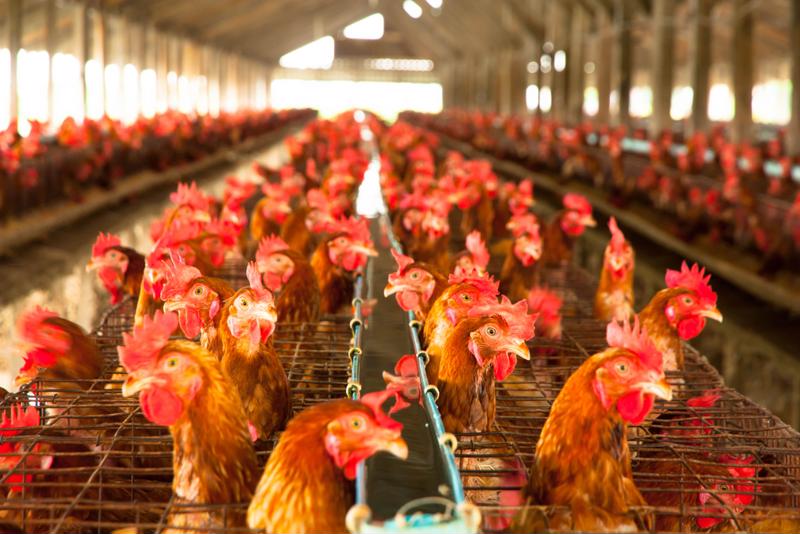Over the past year, more than two-thirds of small-business owners say they've increased what they charge customers for their traditional products and services, according to the results of a quarterly survey conducted by the U.S. Chamber of Commerce. But they've done so reluctantly, with approximately 8 in 10 citing inflation as their primary business concern, which has overtaken the supply chain as their biggest ongoing worry.
Tom Sullivan, vice president for the Chamber's small business policy division, noted that there are no winners in a hyperinflation environment; everybody's dollar buys less.
"Inflation is top of mind for small businesses as it continues to limit their purchasing power, forcing small businesses to raise their prices and absorb higher costs within already thin margins," Sullivan said, as reported by Supply Chain Dive.
6 in 10 Americans are very concerned about inflation
Unsurprisingly, small-business owners aren't the only ones preoccupied by sky-high costs. Roughly 60% of Americans in a recent Gallup poll said inflation worries them "a great deal" and nearly 1 in 5 cite it as the U.S.' single biggest problem — tied with the overall economy, the cost of fuel, and income inequality when combined.

Aside from the budgetary challenges inflation causes for business owners as well as everyday consumers, another consequence is the impact of efforts to fix it. From the Federal Reserve increasing key interest rates to families opting to not buy as much — which reduces the demand — the solutions frequently involve some level of hardship. In the 1970s, for example, when inflation was severe, it triggered a recession in the early 1980s. At the time, interest rates were at record highs.
A perfect storm
Economists are at odds over how entrenched inflation is this time around, but as with the previous era of elevated inflation, the Fed has begun to increase interest rates, doing so in March for the first time in almost four years.
Neil Bradley, chief policy officer and head of strategic advocacy at the Chamber of Commerce, told Supply Chain Dive that a perfect storm of conditions has led to the current economic environment, much of it brought on by the pandemic.
"Supply chain disruptions, energy prices and a persistent shortage of labor are all coming together at a time of sustained demand to force prices up," Bradley said in email to the news source. He further noted that small-business owners frequently bear the brunt of inflationary pressures. Not only are their margins leaner, but they also have to increase their prices more quickly, something that larger organizations can put off, given they have more sources of income to maintain adequate cash flow.
In the meantime, organizations of all sizes will continue to strategize and coordinate to rein in their expenses wherever possible without compromising quality.




















